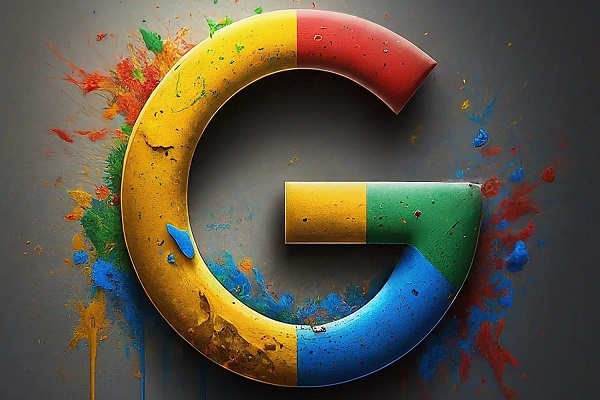Google has recently launched ImageFX, an innovative AI-powered image creation tool underpinned by Imagen 2, a GenAI image model developed by Google’s DeepMind team. This tool provides a prompt-based user interface for creating and editing images, akin to other tools like OpenAI’s DALL-E 3, Midjourney, Meta’s Imagine with Meta AI, and Microsoft Designer. What sets ImageFX apart is its inclusion of “expressive chips,” essentially a list of keyword suggestions allowing users to explore different dimensions of their creations.
Primarily designed for experimentation and creativity, ImageFX enables users to generate images with a simple text prompt and easily modify them by incorporating a new perspective using expressive chips. Despite its creative potential, concerns about potential misuse have been raised, especially in the wake of recent events involving deepfakes. Google asserts that it has implemented technical safeguards to restrict problematic outputs such as violent, offensive, and sexually explicit content. Additionally, ImageFX includes a prompt-level filter for “named people,” presumably public figures, although Google’s press materials lack clarity on this point.
Addressing safety concerns, Google has taken steps to ensure that ImageFX cannot be used in unintended ways. The company claims to have invested in the safety of training data from the outset, conducting extensive adversarial testing and red teaming to identify and mitigate potential harmful and problematic content. As an extra safety measure, images produced using ImageFX are tagged with SynthID, a digital watermark designed to be robust against image edits and crops.
SynthID watermarks are imperceptible to the human eye but can be detected for identification purposes. Google emphasizes that users can gain insights into the origin of images generated with its AI tools through the “About this image” feature in Google Search or Chrome. ImageFX is accessible through the AI Test Kitchen, Google’s web app dedicated to experimental AI projects.
Google Expands Imagen 2 Across Products and Services
In recent updates, Google has announced the broader integration of Imagen 2, its GenAI image model, into various products and services. This expansion, starting this week, includes the incorporation of Imagen 2 into Google’s next-gen AI search experience and the family of managed AI services known as Vertex AI.
Imagen 2, already powering text-to-image capabilities in Google Ads and Duet AI within Workspace (Google’s GenAI suite for productivity), has found its way into Google’s SGE (Search Generative Experience). SGE, initially introducing image generation tools to users in Google Image Search last October, now leverages Imagen 2 to generate images. Users can input prompts specifying the desired image, and SGE will provide four results directly within the conversational SGE experience.
Furthermore, in Vertex AI, Imagen 2 is accessible through an API for Google Cloud customers. Beyond this, Imagen 2 has become part of Bard, Google’s AI-driven chatbot. Bard, powered by Imagen 2, understands both simple and complex prompts, allowing users to generate a diverse range of high-quality images. Users can input descriptions like ‘create an image of a dog riding a surfboard,’ and Bard will generate custom visuals to bring the idea to life.




Comments are closed